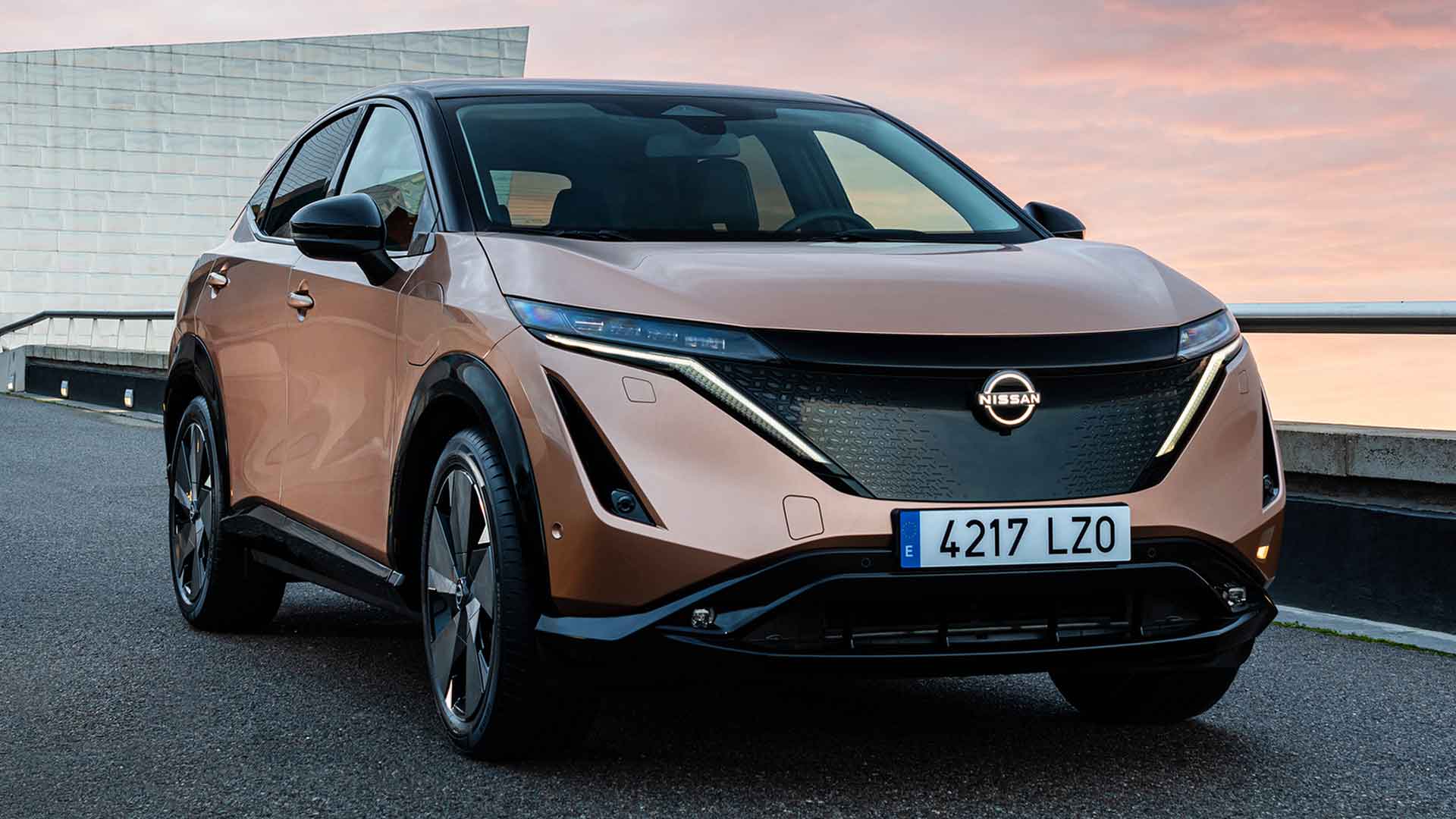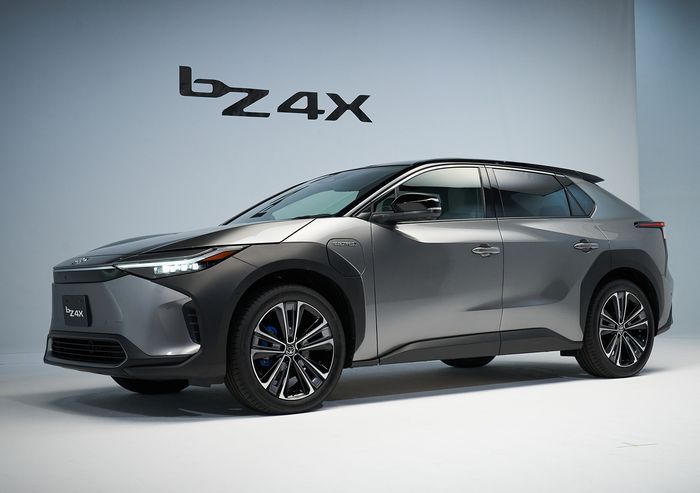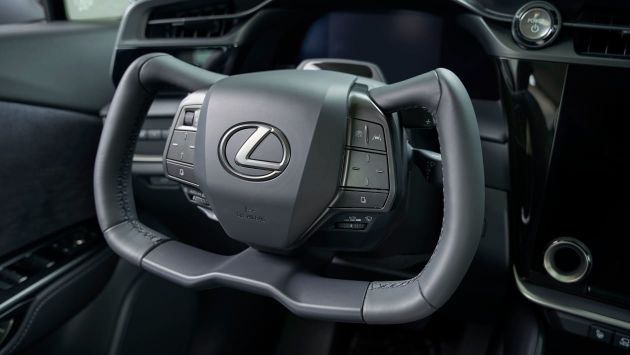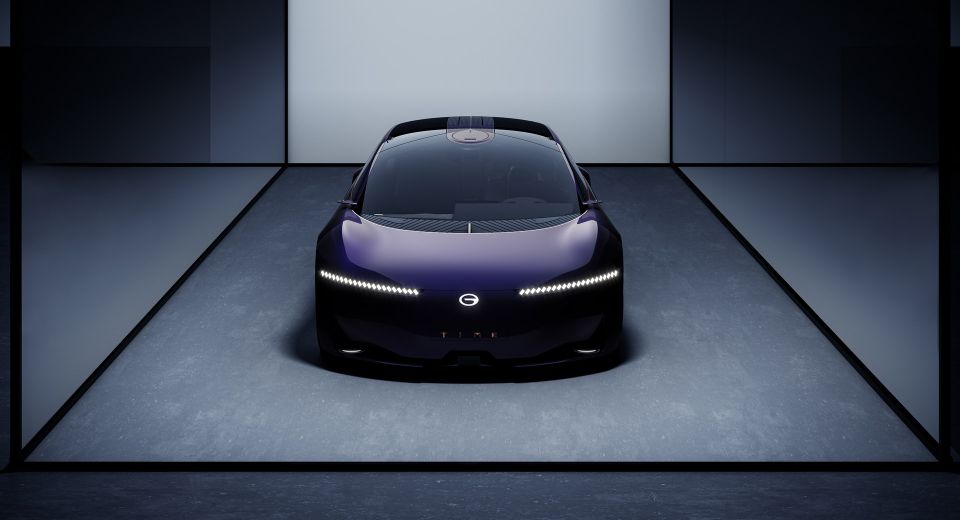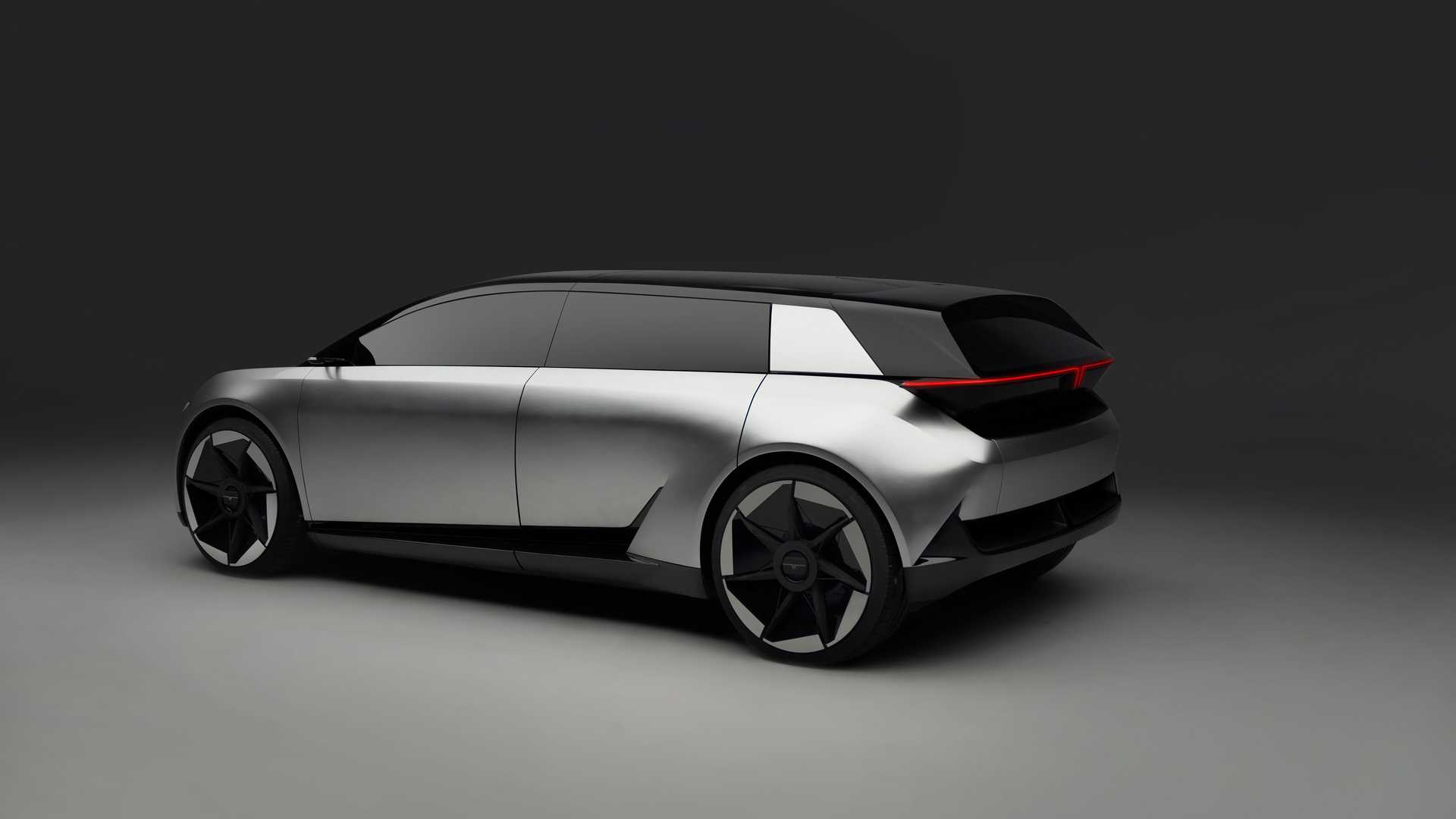There is no combustion process, so what is the radiator component for in an electric car?
In electric car construction, at the front there is a radiator grille.
If in a car engine, the radiator fuel functions as a heat sink for the engine, it is a little different in an electric car.
There are at least four components of an electric car that rely on the role of the radiator component.
One thing is for sure, electric cars still produce heat even though they are not as big as internal combustion engine cars.
The heat source comes from the inverter, battery, electric motor, and AC compressor.
The inverter as the ‘engine’ of an electric car converts electric current from the battery into energy to an electric motor.
As well as a series of batteries as a source of electric power flowing high-voltage electric current.
The high-voltage electricity that is applied generates heat that needs to be dissipated. The electric motor connected to the drive wheel will rotate from the received electrical energy.
The rotation of the electric motor creates friction and generates heat. The AC compressor when running will also experience friction which gets the heat dissipation from the radiator.
There is still fluid as a heat absorber generated from the electric car through the radiator.

